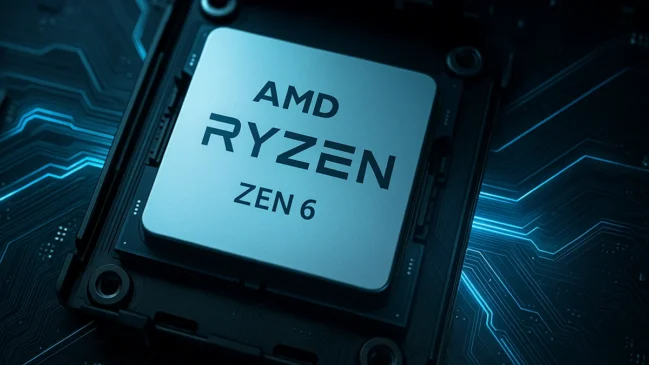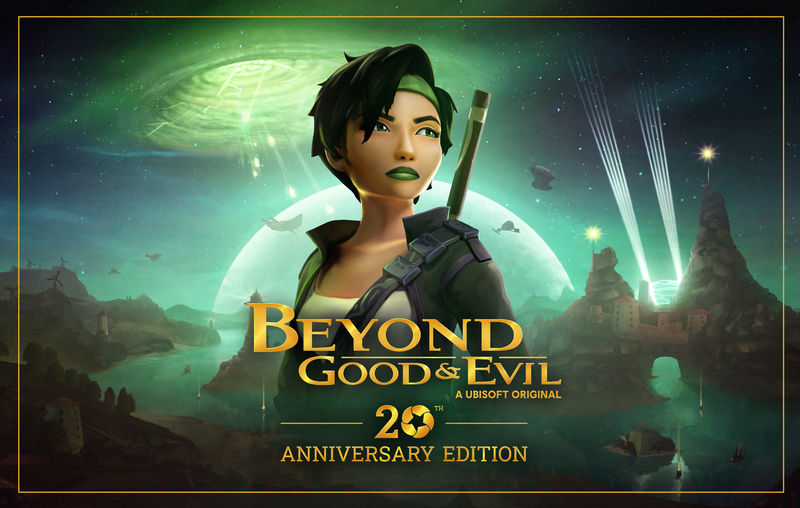
It’s a rare and delightful occasion when a beloved classic is not only given a new coat of paint but is treated with the reverence it deserves. Ubisoft’s Beyond Good & Evil, originally released in 2003, is one such gem that has now been meticulously polished and enhanced for a modern audience in its 20th Anniversary Edition. Celebrated for its unique blend of action-adventure gameplay, memorable characters, and rich storytelling, Beyond Good & Evil has maintained a dedicated fanbase over the years. This remaster promises to breathe new life into the game, offering a sublime visual upgrade, additional content, and performance improvements, all while preserving the charm and essence that made the original a cult classic. Join us as we explore how this remastered edition not only honors its legacy but also stands as a testament to what thoughtful and respectful game remastering can achieve.
Story
Beyond Good & Evil presents a multifaceted narrative that masterfully blends personal and political themes. The protagonist, Jade, is an intrepid photojournalist and caretaker of orphaned children in a lighthouse on the idyllic yet embattled planet of Hillys. The planet is under constant threat from the DomZ, a sinister alien race. The Alpha Sections, a militarized government entity, ostensibly protect the citizens from these invaders but harbor their own dark secrets. Jade’s journey begins as a quest to protect her home and charges but evolves into a larger mission to uncover and expose the truth behind the Alpha Sections’ corruption and the true nature of the DomZ threat.

The characters in Beyond Good & Evil are richly drawn, with Jade standing out as a particularly strong and relatable protagonist. Her motivations are both personal and altruistic, driven by a genuine desire to protect those she loves and to seek out the truth. Pey’j, her adoptive uncle, adds a layer of familial warmth and humor, while Double H, a member of the IRIS Network resistance group, brings a sense of camaraderie and steadfast loyalty.
Beyond Good & Evil tackles several ambitious themes, including government corruption, media manipulation, and the power of individual activism. Jade’s role as a photojournalist is symbolic, representing the pursuit of truth and the importance of transparency. Her camera is not just a gameplay mechanic but a narrative device that highlights the role of media in uncovering and challenging authoritarian regimes.
The story also explores the idea of community and resistance. The IRIS Network embodies the collective struggle against oppression, and Jade’s integration into this group underscores the importance of solidarity in the face of tyranny. These themes resonate strongly with modern audiences, reflecting ongoing global issues related to government accountability, freedom of the press, and civil resistance.
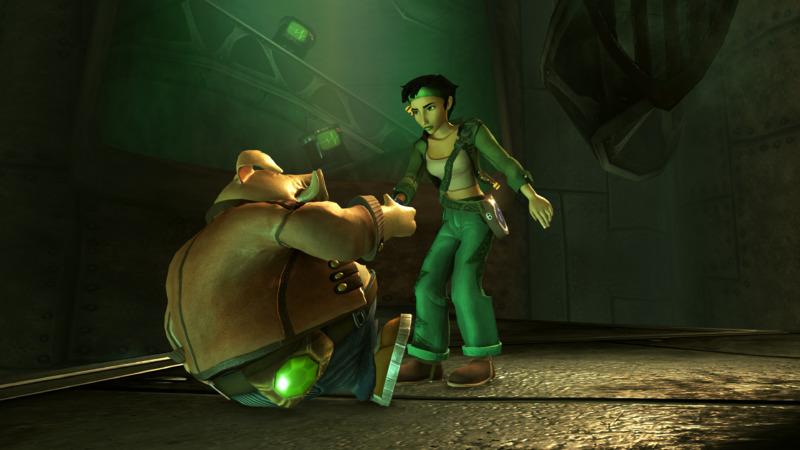
When evaluating Beyond Good & Evil’s story against modern standards, it is impressive how well it holds up. The game’s narrative structure, character development, and thematic content remain relevant and engaging. Modern storytelling in video games has evolved to include more complex narratives and character arcs, yet Beyond Good & Evil’s story still feels sophisticated and compelling.
Gameplay
Beyond Good & Evil’s world, Hillys, is semi-open, offering a compact yet richly detailed environment for players to explore. The game encourages exploration through its various locales, which range from the bustling city to the serene wilderness and the eerie confines of enemy bases. The world is populated with a variety of characters, creatures, and secrets, all of which contribute to the immersive experience.
In the remastered version, the visual enhancements make exploration even more rewarding. Improved textures, lighting, and shadows bring Hillys to life, making it a pleasure to traverse and uncover its many hidden nooks and crannies. The hovercraft and later the Beluga spaceship add layers of verticality and traversal options, making exploration dynamic and engaging.
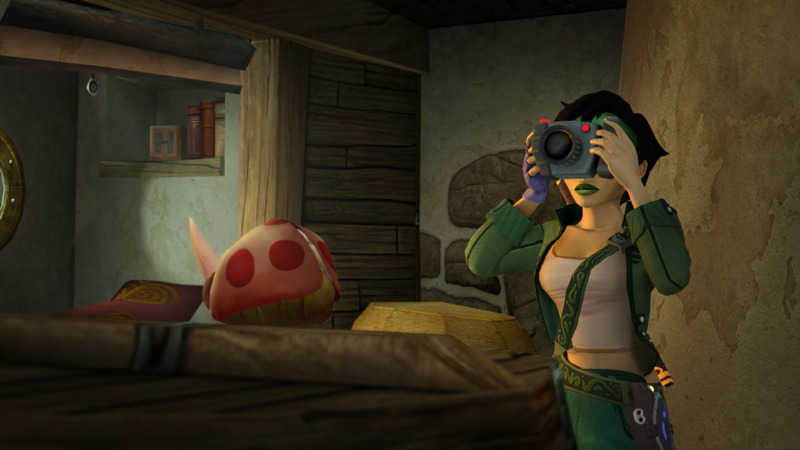
Combat in Beyond Good & Evil is straightforward, with Jade primarily using her staff to engage enemies. The combat system locks onto targets, allowing for simple combos and charged attacks. While this system was adequate in 2003, it shows signs of aging by modern standards. The one-button combat can feel limited and lacks the depth seen in contemporary action-adventure titles.
Stealth sections are a significant part of Beyond Good & Evil’s gameplay, requiring Jade to avoid detection by Alpha Sections troops. These segments are simplistic, focusing on line-of-sight mechanics and environmental awareness. Jade can incapacitate enemies with a quick kick from behind, adding a touch of humor and satisfaction to the stealth gameplay.
Photography is a unique and integral part of Beyond Good & Evil’s gameplay. Jade’s camera serves multiple purposes: documenting the flora and fauna of Hillys, gathering evidence against the Alpha Sections, and solving puzzles. This mechanic adds a layer of depth to the game, encouraging players to observe and interact with the world more thoughtfully.
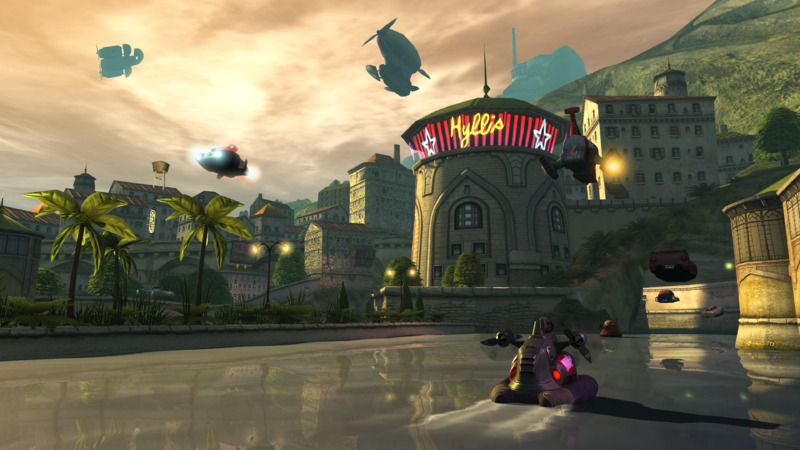
Beyond Good & Evil features a variety of puzzles and side quests that break up the main storyline. These puzzles often require players to think creatively, using Jade’s camera, hovercraft, and other tools to progress. The side quests, including the wildlife photography challenge, provide meaningful rewards that enhance Jade’s abilities and equipment.
Visuals, Audio, and Technical Performance
Beyond Good & Evil 20th Anniversary Edition shines brightly with its visual improvements, breathing new life into the beloved 2003 classic. The remaster boasts enhanced textures, refined lighting, and improved shadow effects that collectively transform the game’s aesthetics. Characters appear more detailed, environments feel richer in depth, and the overall visual fidelity benefits significantly from these updates.
In comparison to its original release, where limitations of the era constrained visual fidelity, the remaster stands as a testament to technological progress. Modern hardware capabilities, particularly on platforms like PS5, Xbox Series X|S, and high-end PCs, allow for resolutions up to 4K with a buttery smooth 60 frames per second. This enhancement not only sharpens the game’s appearance but also ensures fluid gameplay that complements the action-adventure experience.
The art direction, which was ahead of its time in 2003, remains intact and enhanced in the remaster. Hillys, the game’s setting, benefits from the updated visuals, showcasing its diverse landscapes and imaginative architecture with newfound clarity and vibrancy. From bustling cityscapes to serene natural vistas, each environment feels immersive and inviting, inviting players to explore its every corner.
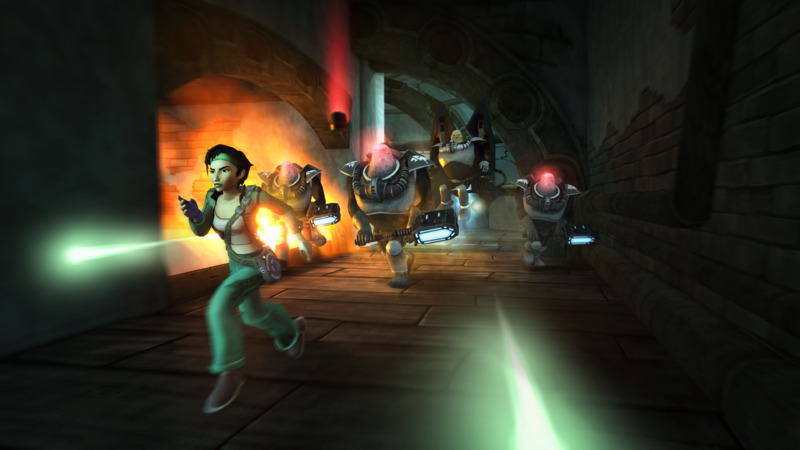
Beyond Good & Evil has always been praised for its eclectic and memorable soundtrack, and the remaster continues to uphold this tradition. The original compositions, which blend elements of orchestral, electronic, and world music, are faithfully preserved and sometimes enhanced with modern audio technology. Each track complements the game’s atmosphere, whether it’s enhancing the tension of stealth sequences or evoking the wonder of exploration.
Sound effects, too, receive a boost in fidelity, adding weight and realism to combat, exploration, and environmental interactions. From the hum of Jade’s hovercraft to the distinct sounds of wildlife in Hillys, the audio design contributes significantly to the game’s immersive qualities.
Voice acting remains a standout aspect of Beyond Good & Evil’s audio presentation. Characters are brought to life with distinct voices that convey personality and emotion, enhancing the narrative and player engagement. The remaster ensures that these performances are crystal clear, allowing players to fully appreciate the dialogue and interactions that define the game’s story.
One of the key achievements of the remaster is its technical performance on modern gaming hardware. Across platforms like PS5, Xbox Series X|S, and PC, Beyond Good & Evil 20th Anniversary Edition delivers consistent performance metrics that elevate the gameplay experience. The game maintains a stable frame rate in most scenarios, crucial for smooth gameplay and responsive controls.
On consoles, the implementation of performance modes offers the choice between prioritizing resolution or frame rate, catering to individual preferences. This flexibility ensures players can tailor their experience based on their display setup and personal gaming priorities. Occasional dips in performance are rare and minor, generally occurring during particularly intensive scenes but not detracting significantly from the overall enjoyment.
Thanks to optimized loading routines and faster storage access, there was minimal downtime between scenes and transitions, maintaining immersion and momentum throughout their playthrough.
Final Thoughts
Summary
Beyond Good & Evil 20th Anniversary Edition stands as a shining example of how to properly remaster a classic video game. Ubisoft's effort to enhance this beloved 2003 title has paid off splendidly, delivering a visually stunning and technically proficient experience that honors the original while making it accessible to a new generation of gamers. It is more than just a remaster; it's a lovingly crafted homage to a cult classic that deserves its place among gaming's greats.




